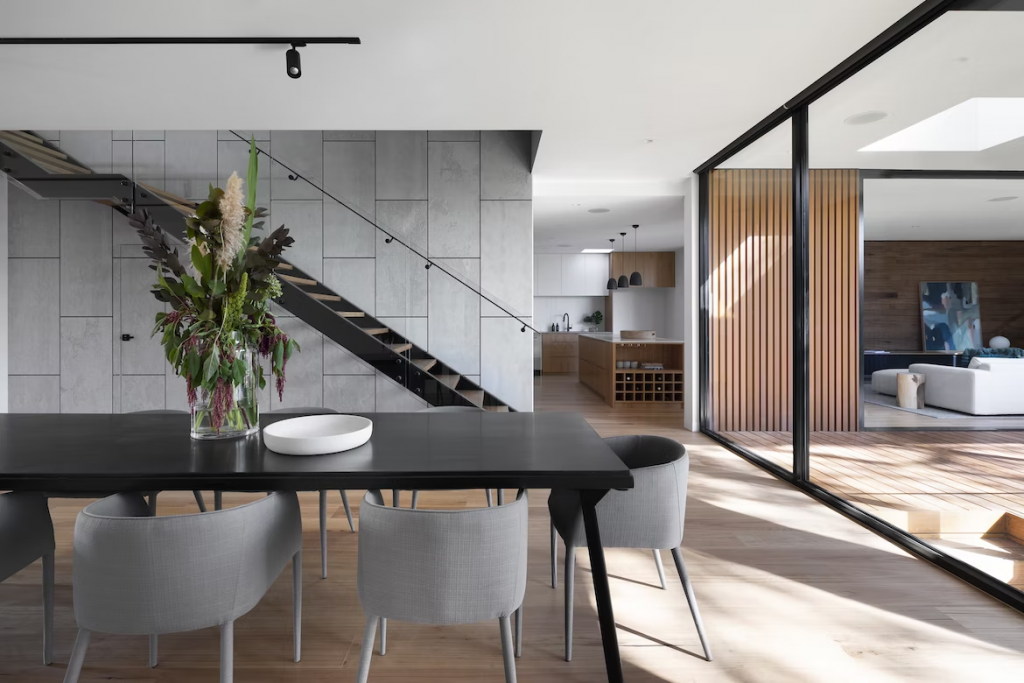If you want to produce high-quality architecture projects that stay within the budget and timeframe, then excellent project management is key. This article will provide tips on how to better manage your architectural projects from start to finish; we’ll touch base on subjects such as creating a detailed plan, working through obstacles, and more. Architects of all experience levels can benefit from reading this guide.
Timeline and budget
Creating a timeline and budget are the first steps of any project, and architectural projects are no different. You need to have a clear understanding of how long the project will take to complete and how much it will cost. Keep in mind that timelines and budgets can change as the project progresses; don’t be afraid to adjust your estimates if necessary.
Also, be realistic in your estimates. It’s better to underestimate the timeline and budget than to overestimate; that way, you won’t be caught off guard if the project takes longer or costs more than expected.
Project scope
The next step is to determine the scope of the project. What exactly needs to be done? Make a list of all the tasks that need to be completed, no matter how small. Once you have the list, prioritize the items on it. Which tasks are most important? Which can be put off until later? This will help you stay focused on the most important aspects of the project. Namely, there are a lot of great resources for project management out there, and by researching diligently, you should find the best-suited one for your needs. Moreover, the scope of the project will help determine the size of the team you’ll need. A large project will require more people than a small one. Assemble a team of highly skilled individuals who can work together to get the job done.
Have a clear understanding of the project requirements
Before you start working with an outsourcing company, it’s important to have a clear understanding of the project requirements. This means that you should know exactly what needs to be done, as well as any deadlines or other restrictions. Once you have this information, you can start the process of finding a company that meets your needs.
Assemble your team
After you’ve determined the scope of the project, it’s time to assemble your team. Choose people who are qualified and who you think will work well together. Once you have your team in place, hold a meeting to go over the details of the project. Make sure everyone is on the same page and knows what their roles are. You can do this by creating a project plan and assigning tasks to specific team members.
A good idea when assembling your team is to create a project plan. This document will outline the goals of the project, as well as the tasks that need to be completed and by when. Having a project plan will help keep everyone on track and ensure that the project is completed on time.
Project management software

There are many different types of project management software available, and it can be difficult to choose the right one for your needs. However, there are a few things you should keep in mind when making your decision.
Firstly, consider what features would be most useful to you. Do you need a user-friendly option or one with more extras? Secondly, take price into account. Project management software can cost nothing up to hundreds of dollars—choose whichever is best for your spending plan.
Working through obstacles
No matter how well you plan, there will always be obstacles that arise during a project. The important thing is to not let these obstacles derail the entire project. Stay calm and work through the problem one step at a time. If you need help, don’t hesitate to ask for it. The key to successfully managing your architectural projects is excellent communication, both with your team and with your clients. Make sure everyone is on the same page from the start, and don’t be afraid to ask for help when you encounter obstacles.
Simplify your system
There are a lot of different project management tools and methods out there. It can be tempting to try to use them all, but this will only make things more complicated. Choose one or two tools that you are comfortable with and stick to them. Simplify your system as much as possible; the less time you spend managing the system, the more time you’ll have to focus on the project itself.
Reduce the number of distractions
When you’re working on a project, it’s important to stay focused. That means reducing the number of distractions in your environment. If you work better with music, put on some headphones and listen to your favorite playlist. If you need complete silence to concentrate, let your team know not to disturb you unless it’s an emergency.
Set aside sometime each day to review your progress

It’s important to regularly check in on the project to make sure everything is on track. Set aside sometime each day, or at least once a week, to review your progress. This will help you catch any problems early and make adjustments as needed.
Additionally, this is a good time to communicate with your team and clients. Keep them updated on your progress and ask for feedback.
Take some time for yourself
Working on a project can be stressful, so it’s important to take some time for yourself. Make sure you’re getting enough sleep and exercise, and take breaks when you need them. If you’re feeling overwhelmed, step away from the project for a little while and clear your head. It’s important to stay healthy both physically and mentally if you want to be successful.
End with a debriefing
Once the project is complete, hold a debriefing with your team. This is a chance to go over what went well and what could be improved for future projects. Take the time to celebrate your successes and learn from your failures. Then, you’ll be ready to tackle your next project with confidence. If somehow you didn’t complete the project on time, learn from that experience as well and try to avoid making the same mistake in the future.
By following these tips, you can become a better project manager and create successful architectural projects. Excellent communication, a strong team, and a willingness to learn from your mistakes are key. So don’t be afraid to put these tips into practice and see how they can help you manage your projects better.

